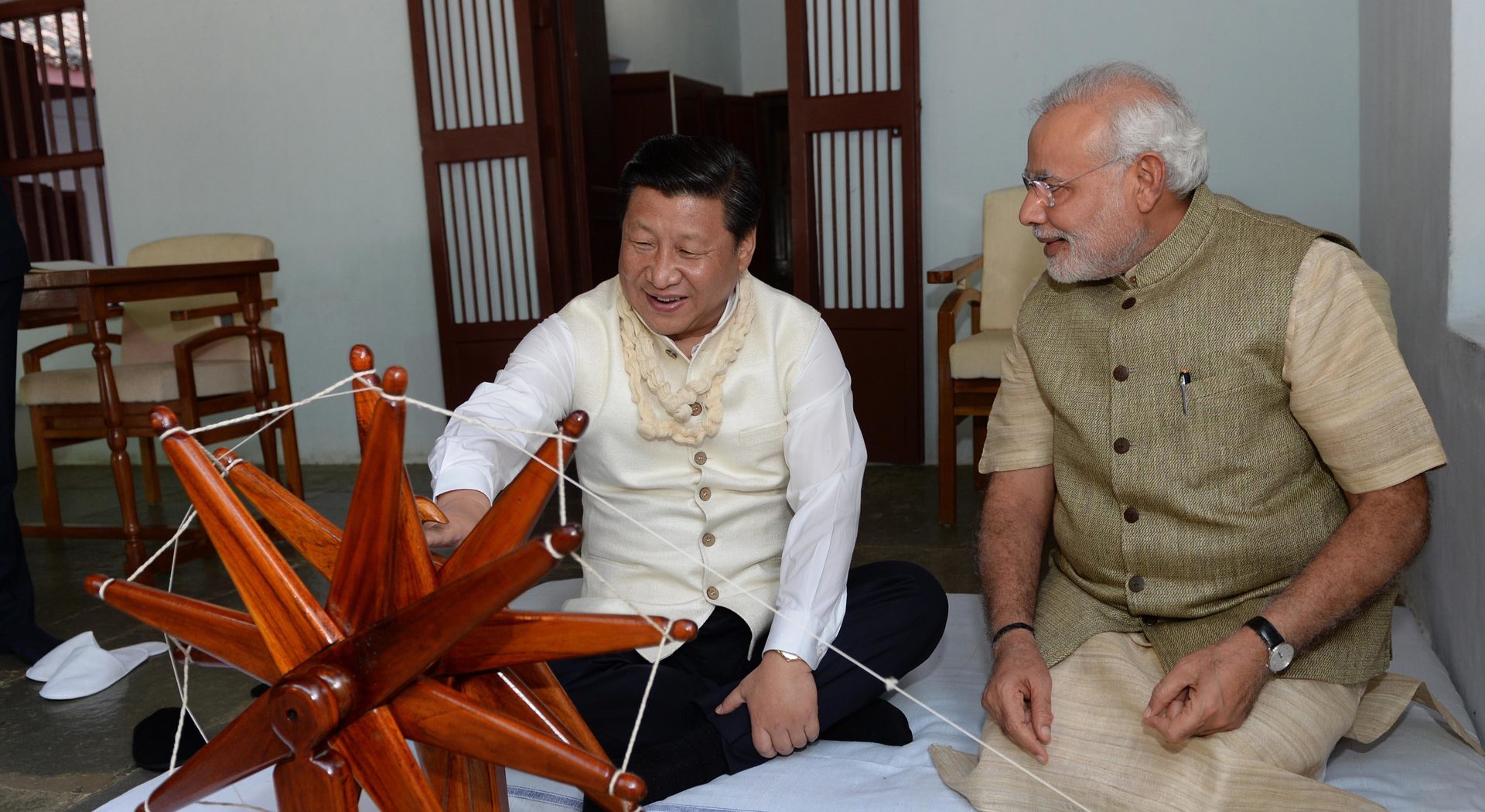
From a cultural point of view, China dislikes direct confrontation and prefers indirect strategies which are typical of the Sun Tsu Doctrine, the game “GO” and also encapsulated in the book “Unrestricted Warfare” by two PLA colonels Qiao Liang and Wang Xiangsui which discusses strategies to weaken the opponents’ civil society without resorting to military conflict. China’s annexation of Tibet in 1959 created new geographical borders with several nations encompassing this region. As such, China’s use of soft power in relation to the Himalayas has revolved primarily around its Tibet policies.
Here we analyse the use of soft power by China in relation to issues and crises in the Himalayan region. Among its global structures of soft power, in this specific context we highlight key issues such as the use of trade (e.g. the opening of the Nathu La pass between Sikkim and Tibet), religion and the overseas Chinese as tools. We examine the concerns held by Indian military and security forces that China is working to re-shape India’s Buddhist population, particularly the Tibetan diaspora. The extent to which India uses its own soft power to counteract this specific operation is addressed in our analysis of Indian soft power.
Soft power is a persuasive approach to international relations, typically involving the use of economic or cultural influence. It is the ability to attract and co-opt rather than coerce through military “hard power”. Soft power is supported not only by people, but found wherever there is an object that can carry a message. For instance via situations, events, media (including the Internet), culture, and movies: wherever there is a moment that can be associated with good feelings or love.
Its broad spectrum ranges from explicit cultural influences to covert soft power such as the “colour revolutions” of the early 21st century. The greatest strength and sophistication of soft power has been demonstrated by the U.S. in toppling governments without needing to send troops. Soft power is as vital for a state’s existence as an army: not simply as a means to influence, but as a tool for its very preservation (often at the cost of others). Due to China’s comparatively underdeveloped capacity in this area, it was through soft power for example that the U.S. was able to create the conditions for the Tienanmen Square protests which almost succeed in toppling the Communist regime.
As well as being vital for a state’s survival, soft power is efficient. For example in the case of the "colour revolutions" or the Arab spring: governments under the influence of soft power have been forced either to surrender or to use coercive force, creating further destabilisation. China’s soft power has emerged from Chinese culture as a continuity of the Sun Tzu doctrine of defeating an enemy through indirect strategies. As it relates to the Himalayan region, the key element of China’s soft power to advance its interests is the use of religion, specifically Buddhism. Within the Communist system, its inception was during the Mao era though the creation of Patriotic Religious Associations. The next step in the 1980s was the Party’s revival of religion to help construct a powerful, socialist state and to serve China’s international political influence and diplomacy. Jiang Zemin further solidified the role of religion in the construction of “Socialist spiritual civilisation”, and Hu Jintao explicitly linked religion to China’s soft power.
On order for Chinese soft power to function, different categories of people are needed, from senior leadership, through specialists in psychological warfare and military intelligence, down to the “fellow travellers” and “useful idiots” (usually abroad) who support strategies while remaining generally unconscious of the roles they play. China’s soft power is organised through official government networks and structures, through recruitment, learning processes, and systems of control. It operates through chains of command and via the channelling of influence, both through those who know what they are doing and those who merely convey without knowing what they are doing.
What does soft power cost? In general is so expensive it requires private support to be sustainable. Because it concerns modifying or shaping the deeply-rooted parameters of identification of individuals it not a question of mass, but of being able to touch people in the core of their heart, and requires an extremely high level of repetition. It is complicated to assess exact cost due to the mixing of official and unofficial public budgets with official and unofficial private foundations. Sometimes collective and individual budgets are required to shape the perceptions of even one person. It is therefore impossible to evaluate, but sometimes figures are mentioned, for instance $5 billion invested by the U.S. for the revolution in Ukraine.
Our analysis on the sub-pages for this topic goes into a range of operations and examples of Chinese soft power deployed with impacts on the Himalayan region and its populace.
The following list is not exhaustive, but provides an overview of some of the key entities and players comprising the structure of Chinese soft power as it pertains to Himalayan issues.
Chinese Communist Party
State Council
Think Tanks
GONGOs
Government/private hybrid entities
Soft Power: The Means to Success in World Politics Wielding Soft Power, Joseph Nye (2004)
China’s Charm: Implications of Chinese Soft Power Kurlantzick, CEIP Policy Brief (2007)
Chinese State Media Goes Global: A Great Leap Outward for Chinese Soft Power Lam, ChinaBrief (2009)
Soft Power with Chinese Characteristics CSIS (2009-03-10)
Soft Power, Chinese Style martket.ch (2014-06-23)
China’s Soft Power Strategy FINS (2016-01-04)